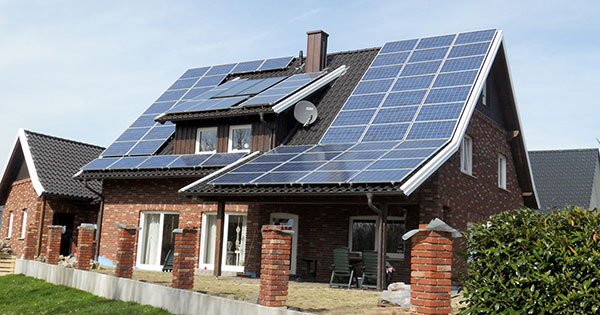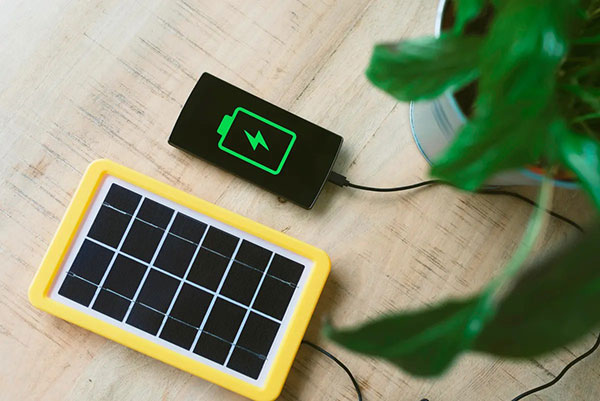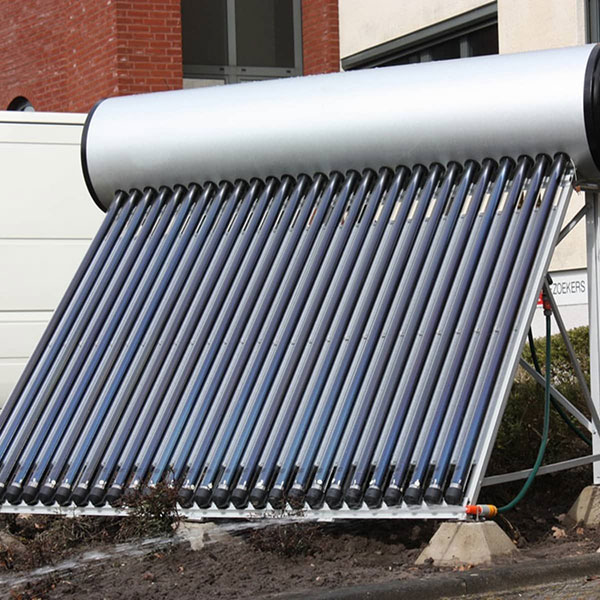Generally, the upfront cost for a residential solar panel system in the United States can be anywhere from $15,000 to $25,000. This is the price before tax credits and incentives. The prices can radically change depending on the size of your system, the type of system you select for your home, and the density and complexity of your installation. So remember that although it can seem like a
significant investment, it is an investment that is set to
pay off in the long run. Furthermore, with federal solar tax credits and state incentives, your initial outlay could be
20% to 30% less.
There are many factors that play into the price of the solar panel system. Firstly the capacity of your system, which is in kW. Obviously, the more powerful the system is, the more expensive it will be. In general, a system for an average home would range from 5 kW to 10 kW, which is quite a large price range. The type of solar panels plays a role in the price as well. Some of the most common panels are
monocrystalline panels,
polycrystalline panels or
thin-film panels. The monocrystalline panels are the most efficient, but are also the most expensive. There are certain installation complexities that could cause the price to sway as well: it might depend on the condition of the roof, or you might need additional systems for power. Local incentives and rebates have a
significant impact on the final cost. This is where the biggest range can appear, some states and municipalities have such generous incentives that the price seems minuscule.

Trends in the Cost of Solar Panels Over Time
The trend of changes in the cost of solar panels over the past decade reflects the change in technology and market forces. At myPSC Solar, the average cost of solar panels has
declined by more than 70% over the past ten years. As a result, during 2010 – 2020, the final cost of solar panels diminished significantly, presenting an overall drop of around
70%, on average. This profound change is due to technology and innovation improvements, economies of scale, and the force of the increased number of solar panel suppliers. Analysts of the industry noted that similar trends are going to be maintained although the reduction in prices will not be as deep as before the technology used will be already grasped by suppliers and implemented on the scale. This process will also be supported by the increased interest in the renewable, clean, and cheap form of energy, creating more demand for solar panels. In this connection, the current period could be called the most appealing in terms of making investments in solar panels as a technology that is becoming more affordable and at the same time aims at
increasing the quality and
reducing operational costs. If these projections are correct, homeowners and businesspeople should consider these dynamics in their decision-making process and implement solar panels due to being able to cut electricity bills, preserving the environment and cutting carbon footprints.l only ease the financial burden of electricity costs but also allow a person taking care of the environment, minimizing the impact of using electricity on carbon footprints.
Core Components and Costs
Solar panel systems involve multiple components that work together to harness the sun’s power and to convert it into electricity. The visible part of a system is the solar panels that account for approximately
25%-30% of the cost. For an average residential system, this corresponds to $3750 to $7500 of an investment that totals $15,000. Inverters, which transform solar power from direct current into an alternating one, generally constitute around
10% of a system, meaning $1500 to $2500. The mounting hardware and wiring add up for another 10% but to a lesser degree. Finally, the costs of installation labor and permit fees to vary significantly but on average equal the
remaining 50% of the total. The Percentages of the Fundamental Components
When it comes to the panel itself, a variety of parts plays significant roles in its efficiency and cost. Its heart is the
photovoltaic cells whose purpose is to directly convert sunlight into power. They are shielded by protective glass and framing and the support materials on the back – the back sheet and the junction box. The function of the wiring and the connectors is to allow the produced electricity to flow out of the panel, then into the inverter, and finally into the home. Another crucial element are the
anti-reflective coatings on the glass that serve to maximize efficiency.
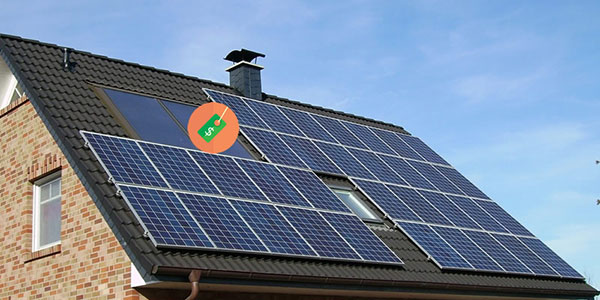
PV Cells as the Most Expensive Component
Undoubtedly, the most expensive component of a solar panel is its
PV cells. The reason for such a statement is simple as these cells are made of high-purity silicon with manufacturing involving complex processes. High-efficiency cells, e.g. monocrystalline ones, cost even more as they appear to be more effective and require more intricate manufacturing. It is possible to state that high-quality monocrystalline panels are
20-50% higher than those made of polycrystalline cells. Naturally, one of the reasons for such a price difference is the expensive PV cells in them. That is why when individuals want to have their own power stations, they will have to consider carefully what cells to install. Note that an
inverter is another costly element to be used in a solar installation. It can range from about
10% to about 15% of the total cost. That is why, when installing solar panels, one has to calculate the cost of the cells and inverters initially.
Less Costly Components of a Solar Panel
Naturally, there are other less costly components of a solar panel, such as
mounting hardware. The latter is the element that helps hold the panels support, thus its importance cannot be underestimated. At the same time, it is relatively cheap. Besides, the frames have to cost much less than the PV cells they enclose. It is also necessary to mention that wires and connectors though needed amounts to a small percent of the cost. Still, they are necessary for the solar panel’s electrical needs. It appears that quality and efficiency are not solely based on costly units in a solar installation.
Solar Cells’ Structure and Purpose
The fundamental component of a solar cell is silicon, a semiconductor with unique properties ideally suitable for converting sunlight into electricity. Monocrystalline silicon cells are sliced from a single crystal of the purest silicon, whereas polycrystalline silicon cells are made by melting and casting many small silicon crystals. Thus, the manufacturing of polycrystalline cells is cheaper but less efficient. Each cell can only produce a tiny amount of electricity but can be combined into large panels capable of meeting residential and commercial energy needs. The effectiveness of solar cells is enhanced by
anti-reflective coatings and
passivation layers that boost sunlight absorption and minimize the electricity lost to charge carriers recombining inefficiently.
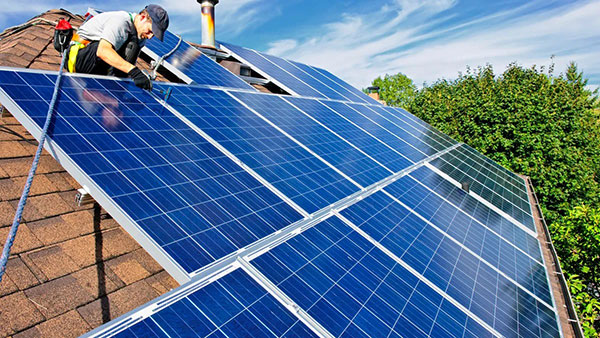
The Production Process and the Costs Involved
The production process is complex and a single solar cell includes multiple precisely measured components. In the first step, high grade silicon is purified to an even higher degree, then cast into ingots if it is intended to become polycrystalline cells, or drawn into long crystals in the case of monocrystalline cells. The ingots or crystals are then sliced alike into very thin wafers, polished and treated to create the unique atomic structure of a semiconductor that can convert light into electricity. The slicing and treating of the crystals alone are complicated procedures and in the case of monocrystalline cells, they also require a higher degree of precision. Finally, advanced technologies used to construct high energy yield cells, such as
PERC and bifacial designs, increase production expenses.
The Comparative Expense of Solar Cells
When added to the context of a solar panel system, solar cells are a
significant portion of the cost. However, spending more on higher-cost, higher efficiency solar cells will pay off over a solar panel system’s lifetime by its increased electricity generation. An example of this, is that even though monocrystalline cells are more expensive than polycrystalline cells, they can generate more power per square foot, which will save millions in the long run and result in a better return on investment. The choice between the types of solar cells or their costs depends on the amount of power that the system owner requires and is able to produce and the amount of space they have available to work with, as well as their budget.




